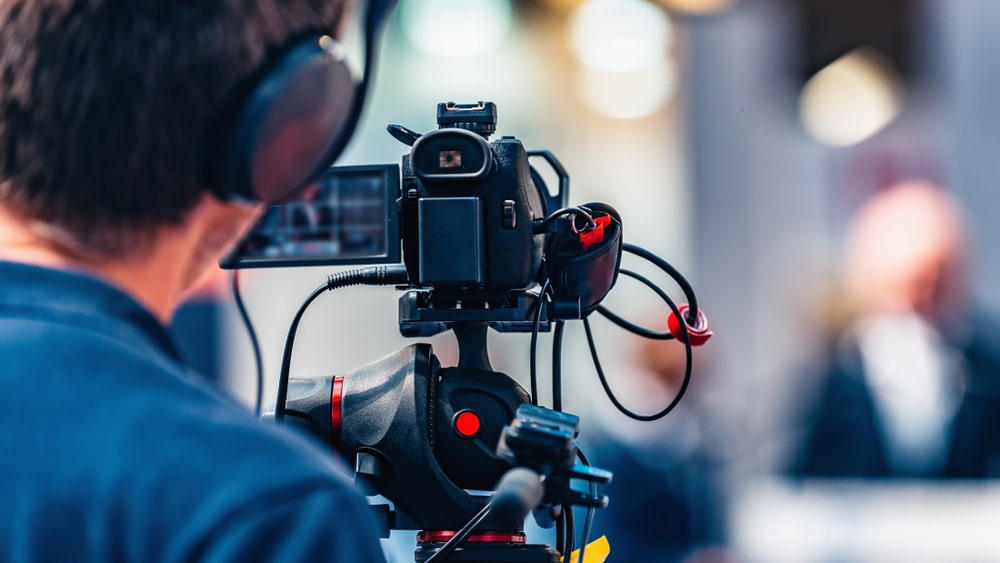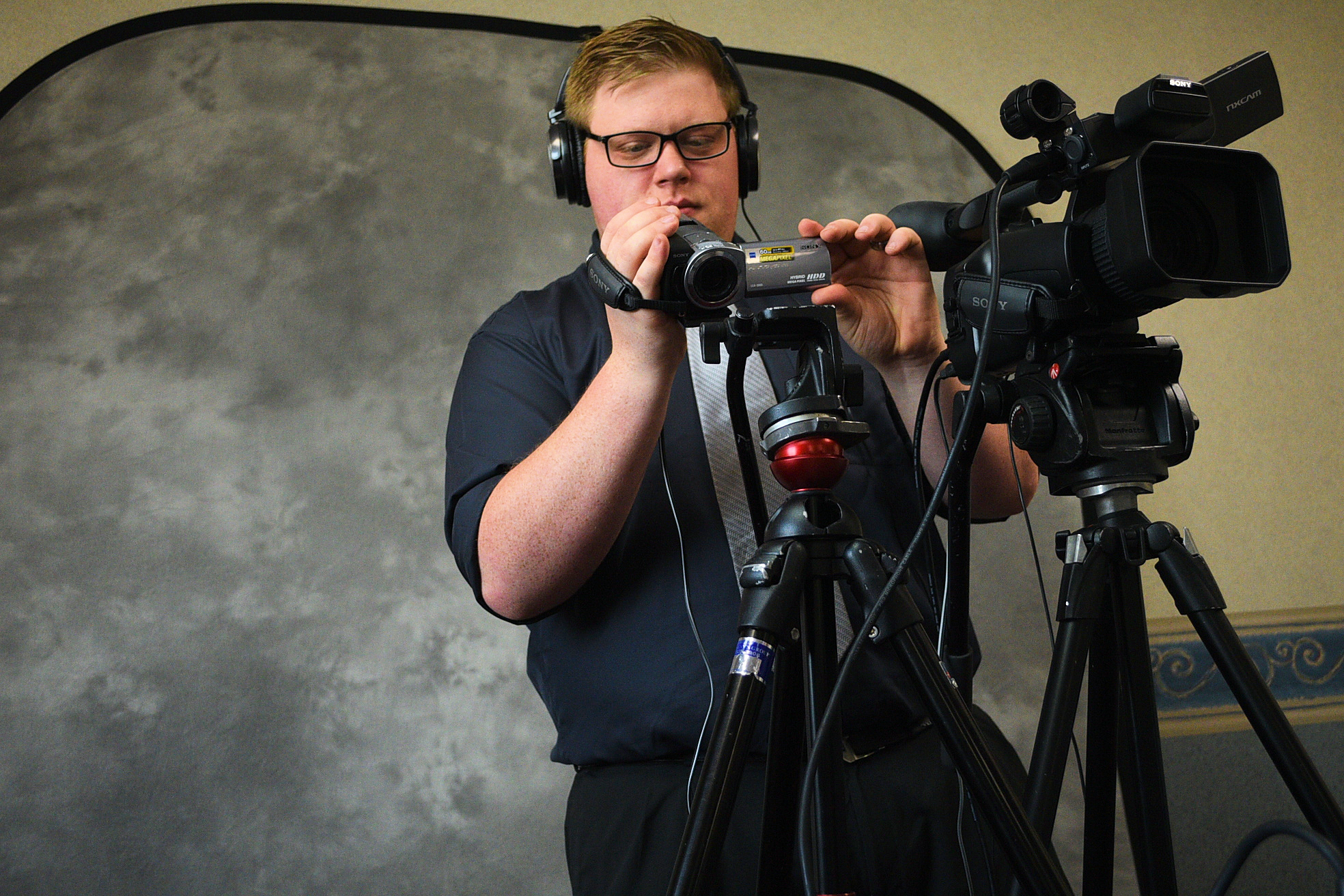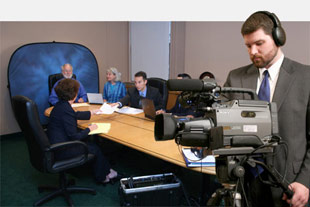Why Legal Videography Is Crucial for Modern Lawsuits Processes
Trick Benefits of Making Use Of Videography in Legal Cases
The combination of videography in legal situations provides a variety of tactical advantages that can considerably affect test end results. By boosting proof presentation and improving witness trustworthiness, videography offers as an effective device to involve jurors and communicate complicated narratives efficiently. Furthermore, this medium maintains vital statements, guaranteeing that important details is not shed to memory degeneration. As the lawful landscape remains to progress, the ramifications of leveraging videography in test settings benefit more detailed assessment, especially in understanding exactly how these benefits convert into tangible lead to the court room.
Boosted Evidence Presentation
Enhanced evidence presentation through videography has actually reinvented the way lawful situations are said and comprehended in the courtroom. By integrating top quality video clip recordings into lawful process, lawyers can communicate intricate information in a much more engaging and comprehensible way - Legal Videography. Videography permits the visualization of proof, making it easier for juries and courts to realize the context and significance of the offered truths
Along with enhancing clarity, videography can also catch real-time occasions, offering a genuine representation of occurrences significant to an instance. This immediacy can substantially impact the persuasiveness of an argument, as aesthetic proof commonly resonates more strongly than written documentation. Moreover, video evidence can consist of crucial elements such as body language, tone of voice, and environmental variables, every one of which add to a more all natural understanding of the instance.
Using videography additionally allows for effective organization of proof, enabling lawyers to provide their debates in a meaningful and logical way. By purposefully integrating video clip into their discussions, lawful experts can help with a much more effective analysis of the proof, ultimately resulting in notified decision-making by the court. The transformative power of videography in legal contexts is both indispensable and obvious.
Improved Witness Reputation

Video evidence can also reduce prospective biases that may develop from the witness's appearance or mannerisms in a live setup. By offering a well-produced video clip, lawful groups can make sure that the focus stays on the content of the testament instead than additional variables that may threaten trustworthiness. The opportunity to assess taped statements can fortify witness consistency, as disparities can be resolved prior to trial, leading to even more dependable statements.
In addition, the permanence of videography supplies a protect against memory degeneration or misconception over time. By having a clear, verifiable account of witness statements, lawful practitioners can develop a more powerful instance, strengthening the total trustworthiness of the witness and, as a result, the integrity of the judicial procedure.
Engaging Jury Experience
Videography can dramatically raise the jury's engagement during lawful process. By incorporating top quality video clip discussions, lawful teams can maintain the attention and record of jurors, changing intricate information into visually compelling stories. This interaction is crucial, as jurors often have a hard time to absorb dense legal terminology and complex details presented solely via typical methods.
Video proof allows jurors to witness events as they unravelled, providing context that written testaments may do not have. The usage of dynamic visuals can stimulate psychological responses, making the case much more relatable and unforgettable. As an example, monitoring footage or reenactments can show essential minutes, making it possible for jurors to envision the proof in an engaging manner.
Furthermore, videography can facilitate a much more interactive experience. Jurors can see and hear witnesses, which adds a layer of authenticity and immediacy that written transcripts more info here can not reproduce. This multi-sensory method promotes deeper comprehension and retention of the provided product.

Effective Instance Storytelling
Videography serves as an effective device to offer this narrative and craft, involving the jury and enhancing their understanding of the instance. By aesthetically showing the occasions leading to the legal conflict, videography allows attorneys to highlight complicated circumstances in a relatable and clear fashion.
Including components such company website as witness repairs, animations, and interviews, videography provides a multi-dimensional viewpoint that traditional techniques can not attain - Legal Videography. This visual representation not only aids in making clear truths but also assists jurors keep essential information. The dynamic nature of video clip can break down barriers of understanding, making elaborate details more accessible.
Inevitably, effective situation narration through videography changes the court room experience, permitting lawyers to offer their disagreements in a convincing and compelling way. By harnessing the power of visuals, lawyers can dramatically improve their capability to connect important stories and attain favorable outcomes for their customers.
Preservation of Statements
Maintaining testaments is a critical aspect of lawful proceedings, as the precision and integrity of witness statements can significantly affect the outcome of a case. Videography works as an efficient device in this respect, making certain that testaments are tape-recorded in their original context, thereby decreasing the danger of misconception or distortion gradually.
By catching non-verbal and verbal cues, videography provides an extensive account of witness statements, which can be invaluable throughout trial process. This method not just documents the web content of the testament however also maintains the disposition and emotional responses of witnesses, supplying courts a richer understanding of the testimony's credibility and value.
Additionally, making use of videography promotes a much more dependable review of testaments during post-trial evaluations or pre-trial prep work. Lawyers can review recorded statements to clear up details, examine disparities, or create techniques for interrogation.
Essentially, videography boosts the preservation of testimonies, fostering a transparent lawful process that can cause more fair results. By safeguarding the stability of witness statements, lawful specialists can much better promote for their customers and support the principles of justice.

Conclusion
In final thought, the find this integration of videography in legal cases substantially boosts the discussion of proof, strengthens witness trustworthiness, and captivates juries through engaging visual content. Jointly, these advantages highlight the essential duty of videography in contemporary lawful practices, ultimately contributing to more informed judicial end results.
The integration of videography in lawful instances provides a variety of calculated advantages that can considerably influence trial outcomes.Enhanced proof presentation with videography has reinvented the method legal situations are argued and understood in the courtroom.Videography can considerably elevate the court's involvement during legal process. By aesthetically illustrating the events leading to the legal dispute, videography permits attorneys to illustrate complicated situations in a clear and relatable fashion.In final thought, the combination of videography in legal instances substantially improves the presentation of proof, reinforces witness reputation, and captivates courts with involving visual content.